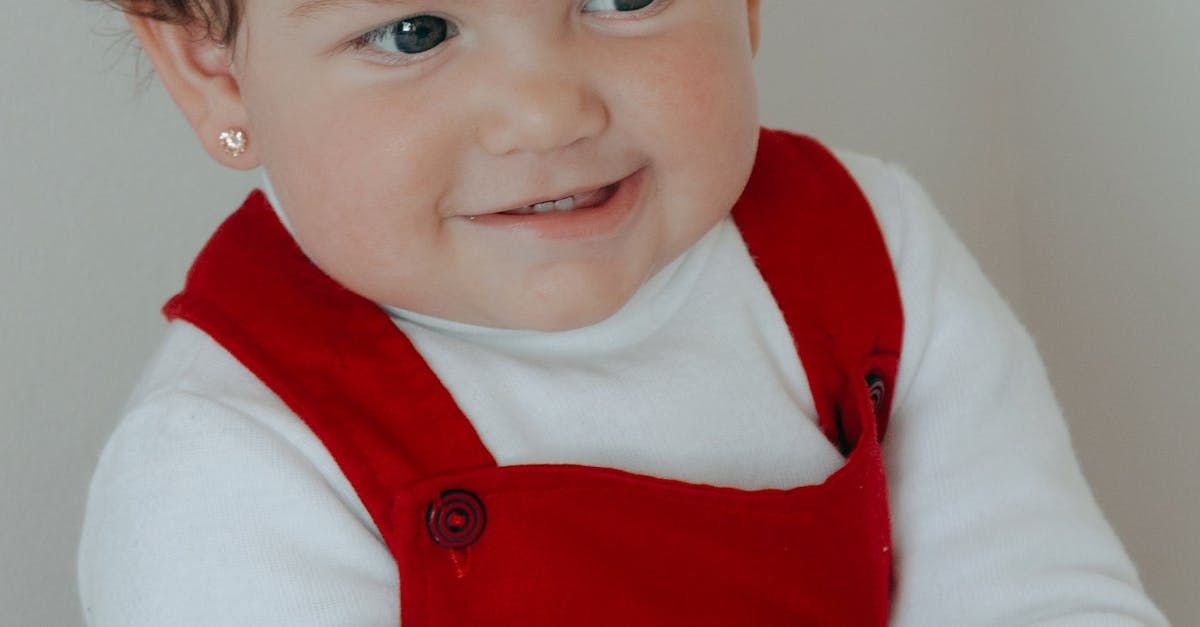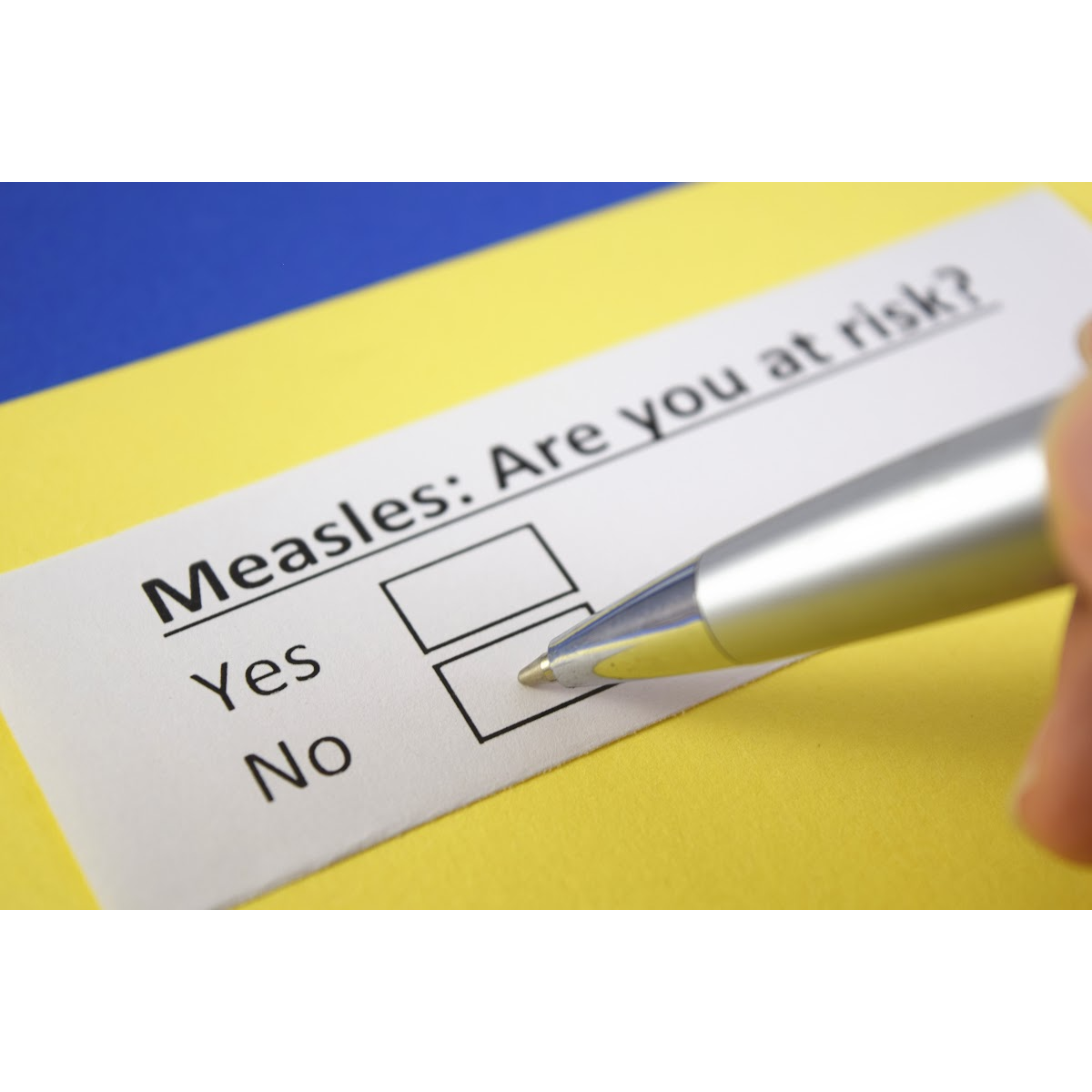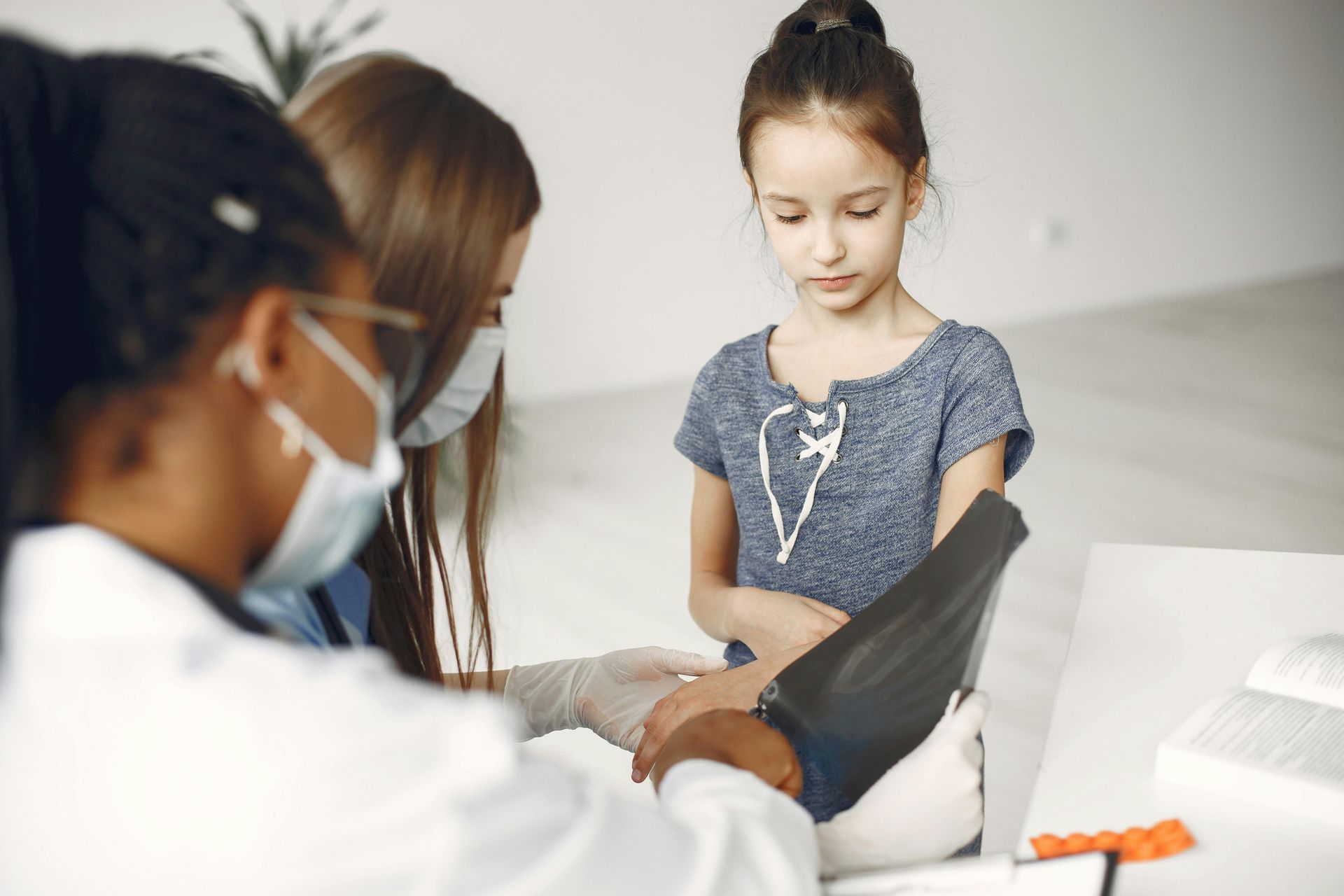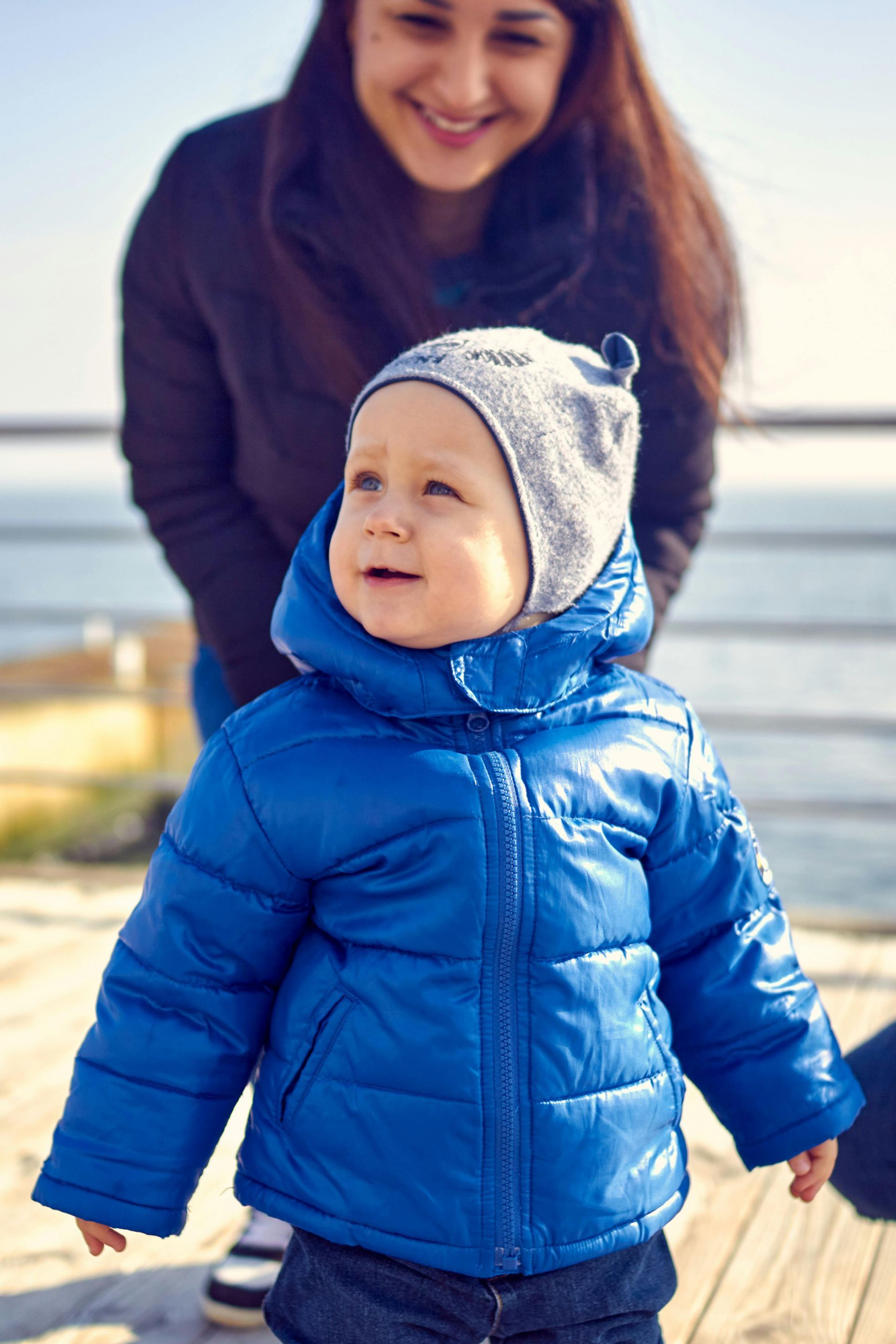Ear-Piercing
You've decided to get your child's ears pierced... now what?

Ear-piercing is something that people decide to do for either personal or cultural reasons. Ear-piercing should be a positive experience for all involved. As such, Centennial Pediatrics of Spokane has decided to provide this service. We have had several of our staff and providers undergo extensive training on the use of the medical-grade Studex system.
When should a child have the ears pierced?
This is a tough question. Some recommend waiting until the child is able to help care for the piercing. Others feel that as a young child, the parents are better able to help with this care. Each family and child have to make this decision for themselves.
What type of piercing do you do?
We only do earlobe piercings in our office. We do not pierce cartilage or any other areas other than the ears.
What makes a pediatric office different than another piercing location?
We know kids... and they know us. The families also know the care and attention we put into maintaining a clean, healthy environment. Additionally, we are more than familiar with sterile procedures and keeping things as clean as possible. For our patients, the child and family are already familiar with us and feel comfortable in the office.
What system do you use and why?
After much thought, we decided on the Studex system. This is a medical-grade device that maintains sterility of the earring and clasp during the entire procedure. The earrings we have chosen are nickel-safe and allergy-free. Interestingly, nickel is one of the most common allergens to which people become sensitized, so we want to make sure we avoid products that would contribute to this. We also found that the education Studex provides as part of the process is top-notch. Members of our staff and providers have been trained by the Studex team.
What is the aftercare routine?
We believe in doing things right the first time which is why we bypassed the standard aftercare solution and went for the advanced one. This allows the piercing to heal better and faster. This is included with your piercing. It is a hypoallergenic solution that is good for sensitive skin. We will provide aftercare instructions at the time of piercing, but the use of this solution allows the piercing to heal in 3 weeks rather than 6-8 weeks with the standard aftercare solution.
What should I watch for after an ear piercing?
If you notice any drainage from the ear, swelling or redness, we would want you to contact us. We take every measure possible to avoid an infection, but as with any procedure, this can happen. Additionally, some people will develop a cyst or enlarged scar (keloid) after a piercing. This is less likely in children than adults, but it is definitely something to keep an eye on.
If I am interested in getting an ear-piercing at your office, what should I do?
We do require proof of at least one DTaP vaccine prior to piercing ears, which means the youngest that typically we would pierce would be 3 months of age. As ear-piercing is not an insurance-covered procedure, families do need to pay out-of-pocket for this. The cost is $100 which includes the piercing, the set of earrings and the aftercare products. If you are interested in doing an ear-piercing at Centennial Pediatrics of Spokane, please call 509-352-3777 to schedule.










